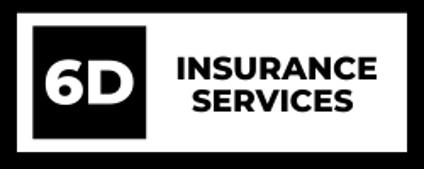Self-Funded vs. Group Health Insurance: What’s Best for Small Businesses?
Basic description of self funded insurance and traditional small group insurance and how they apply to small business.
GROUP HEALTHBUSINESS
Dustin Dellera
4/3/20251 min read


If you're a business owner with 5–50 employees, you’ve probably felt the squeeze of rising health insurance costs. Maybe your broker handed you another double-digit renewal, and you’re wondering if there’s a smarter way to offer benefits.
You’re not alone.
Let’s break down the difference between traditional group health plans and self-funded health insurance, so you can see what actually fits your team and budget.
🚑 What Is Group Health Insurance?
This is the default option. You buy a plan from a major carrier, pick a few tiers (silver, gold, etc.), and everyone on your team gets shoved into one of them.
Predictable monthly premium
Limited flexibility
Carrier keeps the profits (even when claims are low)
For very small teams or those with complex medical needs, group coverage can still make sense—but it’s not the only option anymore.
🧠 What Is Self-Funded Health Insurance?
This flips the script.
Instead of paying a bloated premium, you:
Pay claims as they happen (up to a cap)
Buy stop-loss insurance to limit your risk
Keep the money if your team stays healthy
It’s like saying, “We’ll bet on our people not getting wrecked with claims—and back it with a safety net.”
🧮 Pros and Cons
Self-Funded Pros:
Lower premiums
Total transparency into claims
Flexibility in plan design
You keep the savings if claims are low
Self-Funded Cons:
Risk exposure (mitigated with stop-loss)
Slightly more admin (usually handled by a TPA)
Group Plan Pros:
Predictable monthly cost
Simpler setup
Everyone knows the brand names
Group Plan Cons:
Higher cost, less transparency
Rate hikes are automatic—even if you had low claims
🧭 So What’s Best for Your Business?
If you’ve got a healthy team, want to control costs, and are tired of donating to Blue Cross’s yacht fund, self-funding might be your edge. Especially if you're in that 10–50 employee sweet spot.
📞 Want to Compare Side-by-Side?
We’ll run the numbers, show you how self-funding stacks up against your current plan, and tell you straight if it’s not a fit.
Comprehensive Insurance Solutions for Small Businesses and Individuals
© 2025. 6D Insurance Services, LLC. All rights reserved.
Mailing address:
9110 Alcosta Blvd. ste H-2004
San Ramon, CA 94583
CA License # 4253059
